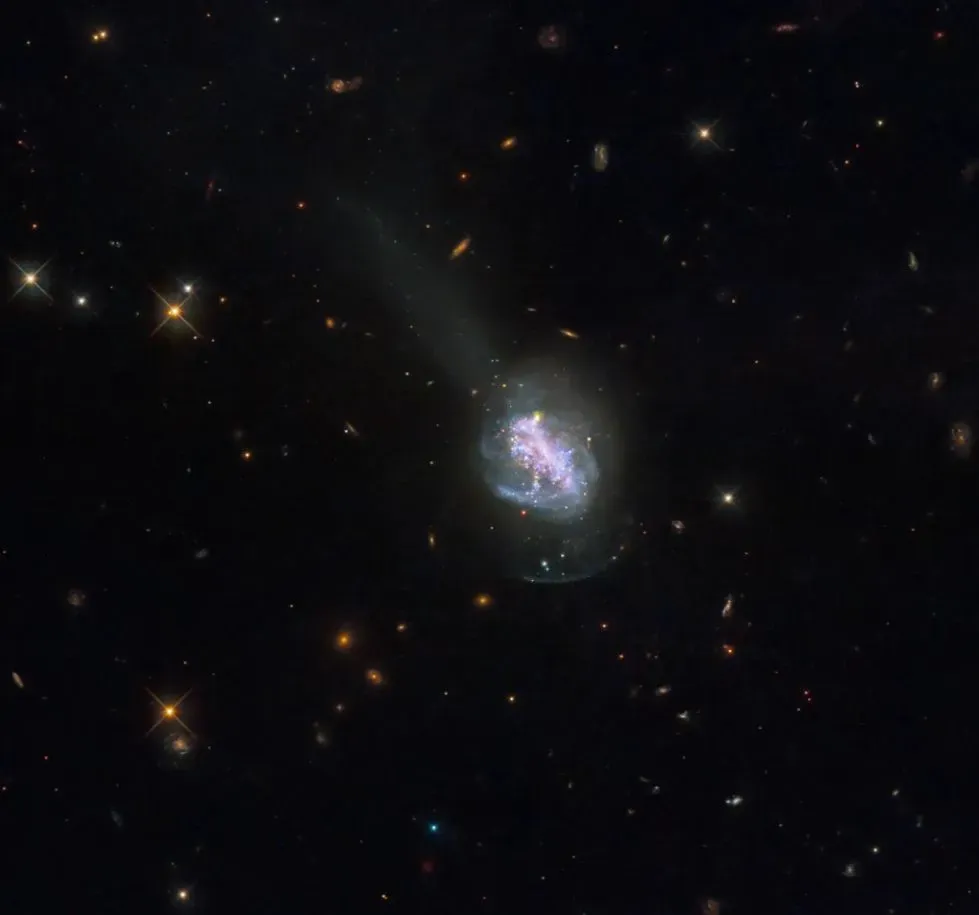Hubble telescope reveals blue galaxy with active star formation
Kyiv • UNN
The Hubble telescope has taken images of the galaxy ESO 185-IG013, which show active star formation, probably caused by a recent merger of galaxies.

NASA's Hubble Space Telescope has captured images of the ESO 185-IG013 cluster galaxy in the ultraviolet, visible and infrared, according to the NASA website, UNN reports.
Details
This galaxy is inhabited by hundreds of young star clusters, many of which are less than 100 million years old. Scientists believe that many of them will not last long, as young clusters can often disappear after ejecting too much gas.
It is likely that ESO 185-IG013 recently merged with another galaxy, as indicated by the large number of young star clusters. Another sign is its disturbed structure, which could have been formed as a result of the violent interaction of gas and dust during the collision. The merger provided a large amount of nuclear fuel for the formation of stars, and this process is still ongoing.
ESO 185-IG013 also contains a scattered glow around its bright center, which may also indicate its merger with another galaxy.
Scientists believe that when two galaxies merge, the larger galaxy literally tears and deforms the smaller one, which loses most of its matter as a result. This process releases matter, which the larger galaxy then pulls in again with its gravity. The dense region where this matter moves is called the tidal envelope, and it is home to many star clusters. In addition to the shell, ESO 185-IG013 boasts a gas tail.
The total mass of all the stars in this system is more than seven billion times the mass of our Sun. ESO 185-IG013 is located at a distance of approximately 260 million light-years from us.

NASA shares a photo of a star cluster that looks like a Christmas tree23.12.23, 04:35 • 33981 view